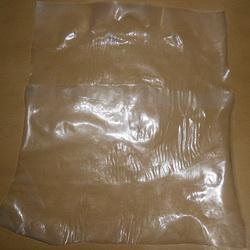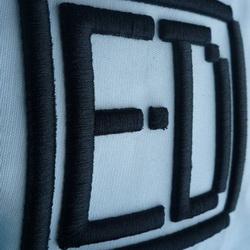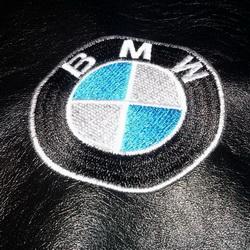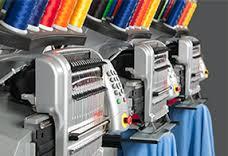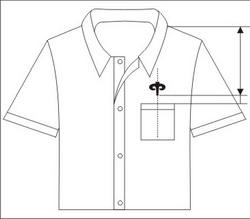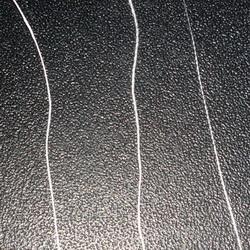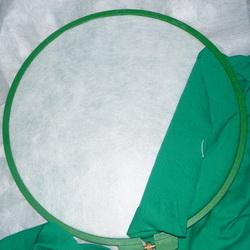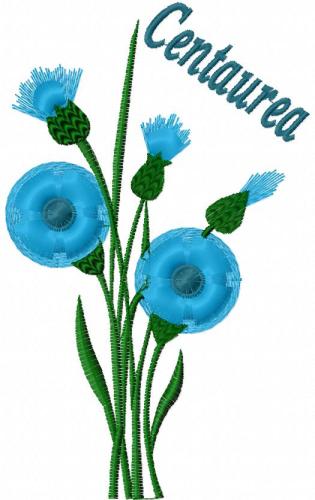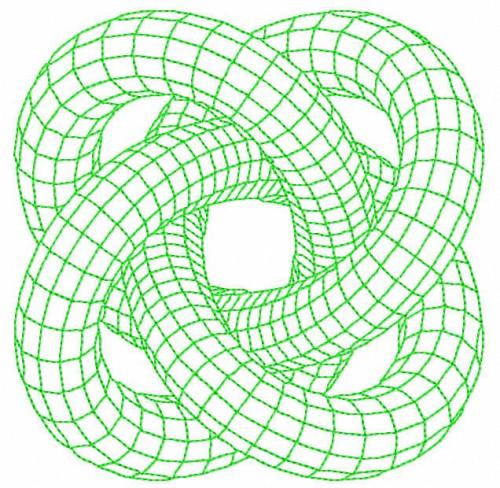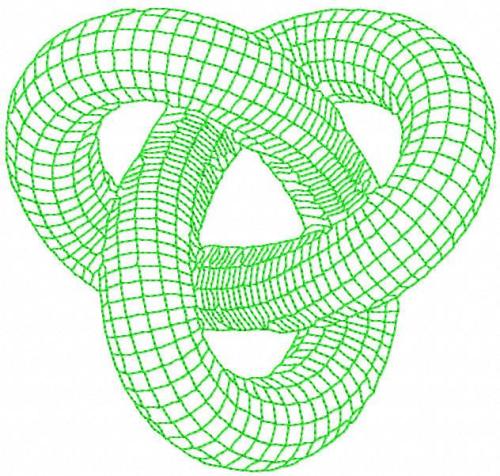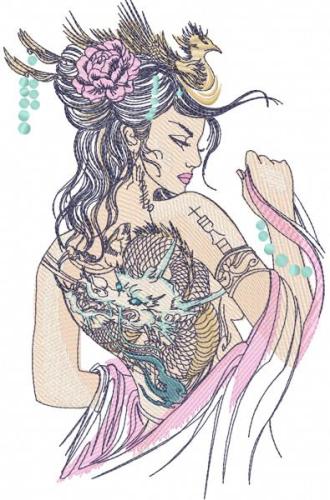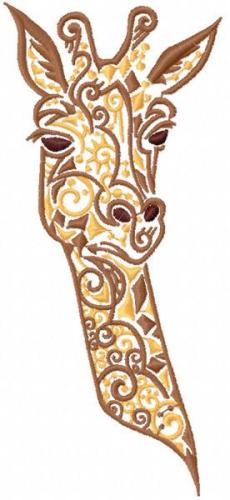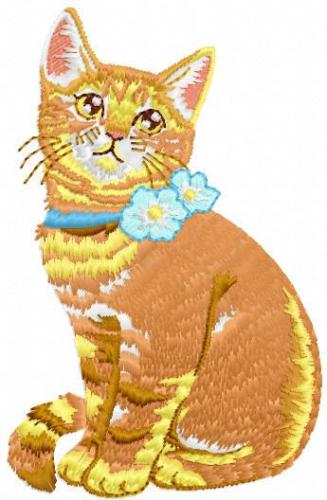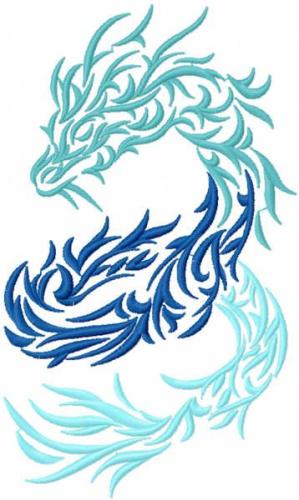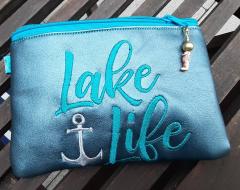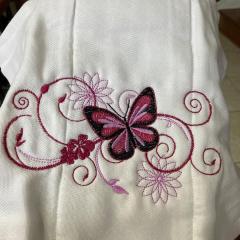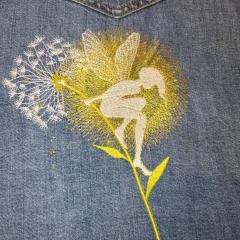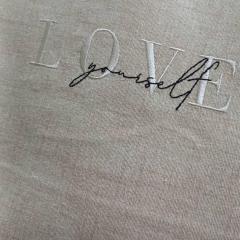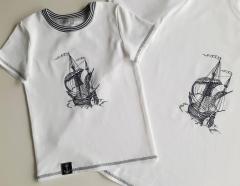Making water soluble film reusable
By
Irina, in Machine embroidery materials and technology, , 1 comment, 5,048 views
Recently I became fond of creating FSL, and it raised the question of saving the water soluble stabilizer, for it is quite expensive. A well-timed advice that I've often seen on the Web instantly sprang to my memory: you may try to mend what remains of the water soluble film with an iron.
So, thought I, if I find the correct temperature, I will be able to join the leftover pieces of soluble film together and use them again.
This advice came from Deborah Jones. This means that our American colleagues are prone to saving the consumables as well. She presents this method of working with water soluble film as a possibility of changing its thickness by gluing the layers together, and as a possibility of using the leftovers by joining the pieces until the resulting piece will be big enough to be hooped again.
According to this internationally acclaimed machine embroidery expert, the process should look like this:
Take 2 sheets of kraft paper (brown packing paper). Place pieces of film so that they overlap (if you need to join them) or several layers on top of each other (in case you need to make it thicker) onto the sheet of kraft paper. Cover it with the other sheet of the kraft paper. Take an ordinary iron, set the temperature very low, and switch off the steam. Press the film down for some time (it is not specified for how long, so you'll have to calculate time yourself). Here is what you should get: the layers of the film stuck together. You may use waxed tracing paper instead of the kraft one. I've also seen recommendations to use the ordinary printing paper.
So I decided to give it a try. It seems so easy.
So I found kraft paper, took out the pieces of the dense water soluble film and tried to repeat the steps described above:
What can I say? I've tried it every known way. I set the iron to a minimum. The heat softened the film, but didn't glue the layers together. No matter how hard I tried to find the right mode, the pieces didn't want to join. Then I decided to use steam. When steaming them from a distance, the layers of film begin to stick together. But they stuck to the paper as well, sure as death, so I couldn't tear it away afterward:
No matter what kind of paper did I use: the kraft one, the printing one or even thin tracing paper. The result was the same — the paper stuck to the film, but the pieces of film stuck together, too, if you used the steam. Without the steam it was no good.
Then I thought that it must be the paper that didn't allow for the steam to spread evenly, and tried ironing without it, through the cotton cloth. I set the iron for wool setting, and steaming at «1» (numbers on my scale range from 0 to 7). And — a miracle! — the layers of the film began to glue together, and the result came off the paper without effort:
It turned out, that it was important not to steam the film for too long, just a few seconds would be enough. It requires practice, in order to sense the right moment for removing the iron. The only disadvantage (and quite a big one) of all these manipulations with water soluble film is that it seems to have become thinner and less durable after them. You can hoop the result at all accounts:
We'll see how the embroidery will look like on such an uneven surface (all these lumps and dents).
Anyway, the pieces of film may be of good service in future.

